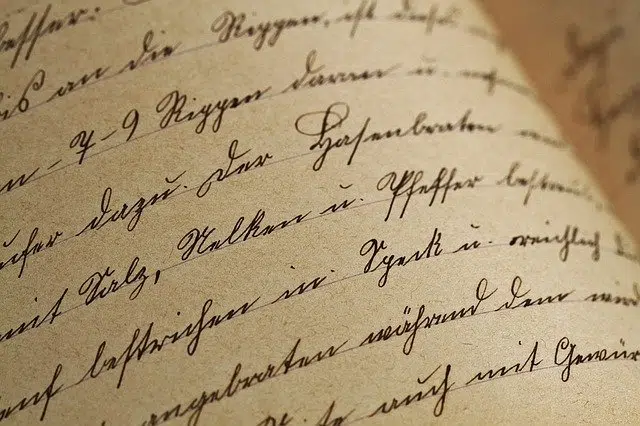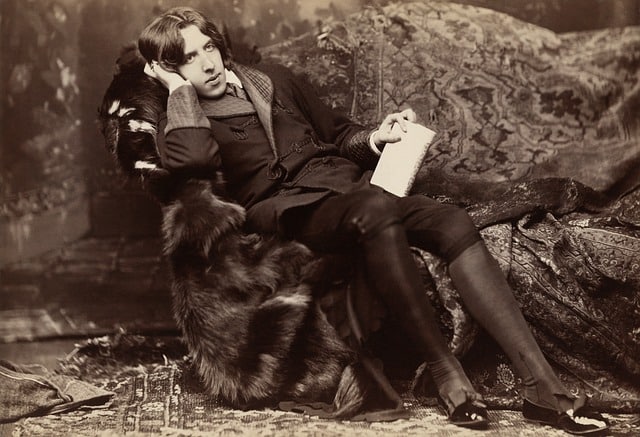
The epigram can be understood as a literary genre.
From the Latin epigramma , which, in turn, comes from a Greek word that means "overwrite" , an epigram is an inscription made in stone, metal or other material . The concept also allows us to name the short poetic composition that, with acuity, expresses a single main thought .
In Ancient Greece it was possible to find epigrams on the doors of buildings, on the lintels of mausoleums or at the feet of statues and they had the objective of commemorating an event or the life of a person who had changed history in some way. so that his time on Earth would not be forgotten, so that it would become eternal. These epigrams, written in honor of individuals or events of great importance, were generally constructed in couplets (stanzas composed of two verses).
Characteristics of the epigram as a genre
The main characteristics of the epigram as a genre are its brevity, its satirical nature and its witty form. It is a Hellenistic genre with origins in archaic lyric. The themes portrayed in these compositions were very varied and included the various interests and concerns of the time.
The name of the genus is linked to the first definition of epigram (inscription on an object). Epigrams are made on votive offerings (offerings in places of worship ), statues or tombstones. Over time, epigrams on tombstones became known as epitaphs .
The term, after being consolidated as this type of inscriptions, was extended to any ingenious poem that, due to its short length, could be understood as a label or a brief expression. The notion even began to be used to refer to thoughts of any kind that are expressed briefly and sharply.

Oscar Wilde is noted as the author of epigrams.
Evolution of the term
From the beginning of the 5th century BC. C., and far from maintaining a strict bond with its original meaning, the Greeks increasingly diluted the limits of the term, allowing its use to identify any phrase that had a pungent or bittersweet character , regardless of its form, without the need for rhyme or that it respected a certain rhythmic structure.
Rome received the epigram in its most hurtful stage, and became deeply passionate about this form of expression. Its Latin version retained the initial structure, developed in Greece, although greater importance was given to the intention, and its features make it more related to the modern epigram.
Jonathan Swift (1667-1745), Alexander Pope (1688-1744), Voltaire (1694-1778), Oscar Wilde (1854-1900), Pío Baroja (1872-1956), Oliverio Girondo (1891-1967), Camilo José Cela (1916-2002), Jaime Gil de Biedma (1929-1990) and Ernesto Cardenal (1925) are some of the authors who produced works characteristic of epigrams.
Some considerations about epigrams
It is interesting to note that throughout the Middle Ages, the period in the history of Western civilization that began in the 5th century and ended in the 15th, the production of epigrams ceased. It was only a century later that this genre aroused the interest of the literary world again.
It should be noted that the Spanish poet Juan de Iriarte (1702-1771) compared epigrams to bees , claiming that they should be “small, sweet and sharp.”
José Coll y Vehí, a Spanish literary theorist born in Barcelona in 1823, helped distinguish the epigram from the inscription: the latter is created with the aim of immortalizing the memory of a particular event or explaining the reasons why it had place; An epigram, on the other hand, seeks to express a clever idea in a brief and cutting way. It was precisely when limits were imposed on inscription that the epigram took on its own personality.
According to Coll and Vehí, epigrams can be concise and direct, or seek a greater impact on the reader through certain unexpected changes in their direction.
